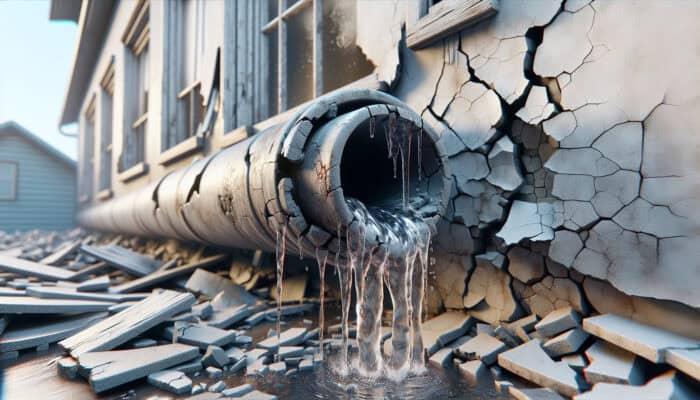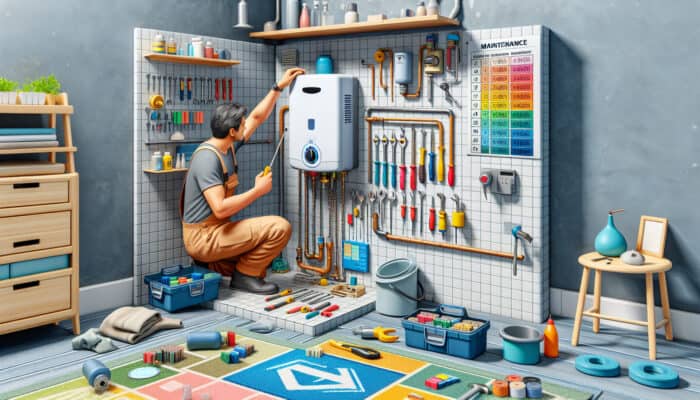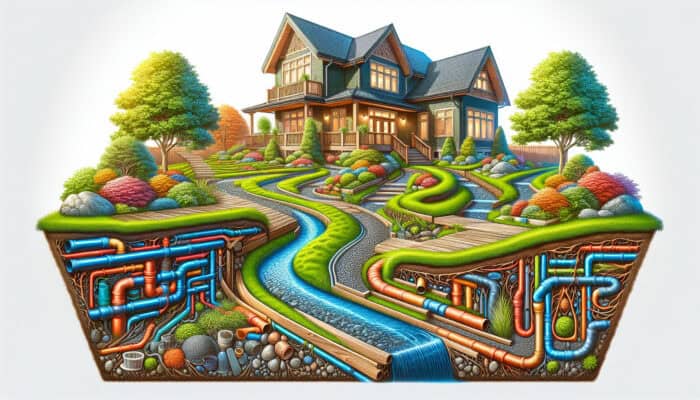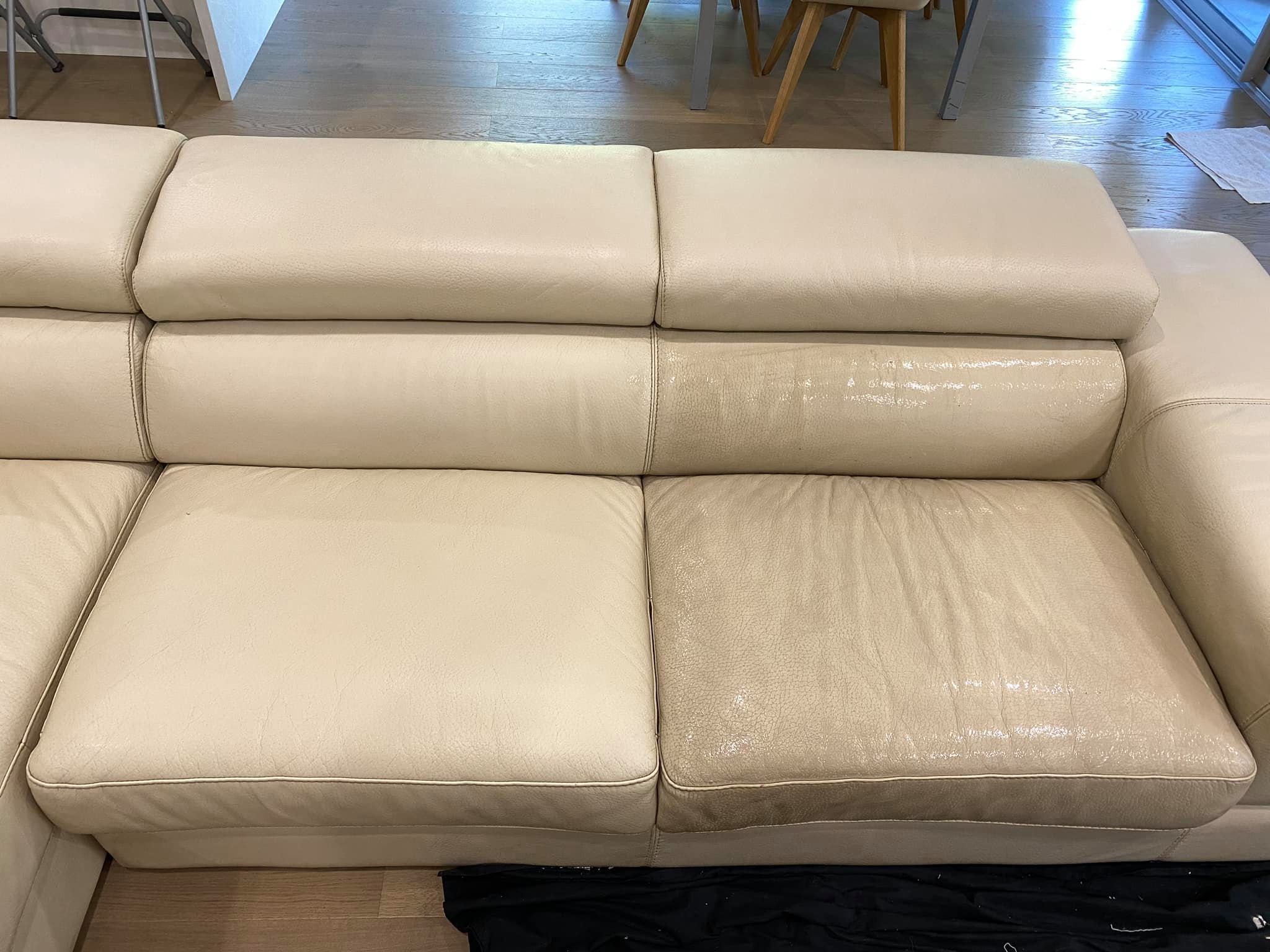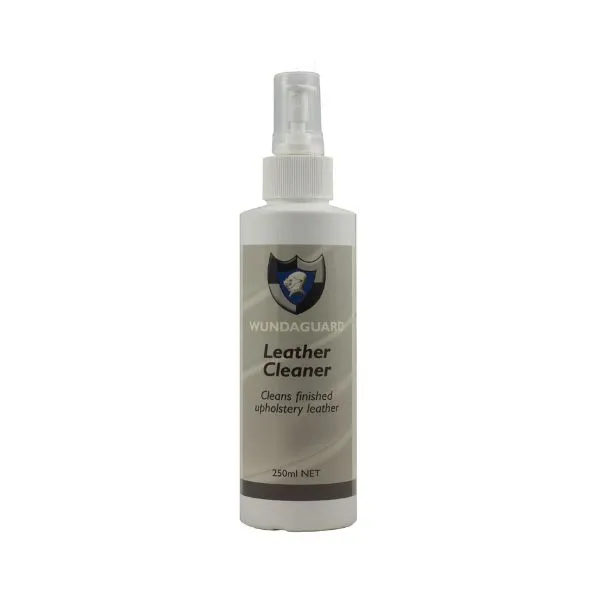Comprehensive Overview of House Clearance Costs in the UK for 2025
Exploring the House Clearance Process and Its Importance

House clearance is a detailed and essential service that involves the complete removal of all items from a property, which is particularly valuable during times of relocation, downsizing, or when managing the estate of a deceased loved one. This process is not merely about clearing out furniture and personal belongings; it also requires a careful evaluation of what can be resold, donated, or responsibly disposed of in an environmentally conscious way. In the UK, the need for house clearance services has surged as families face the complexities of property management and personal transitions. The intricacies of the process can vary greatly depending on the property’s size and the volume of items involved, highlighting the need for the expertise and logistical support that only professional services can provide.
By employing a professional house clearance service, individuals can turn what might initially appear to be an insurmountable task into a streamlined and efficient experience. Experts in house clearance are equipped with the knowledge required to navigate the complexities of item categorization, understand the legalities surrounding waste disposal, and handle the emotional aspects associated with personal belongings. Whether it involves clearing an entire home or focusing on specific areas, house clearance services are tailored to meet the unique demands of each situation. This customized approach underscores the significance of treating all possessions with care and dignity, especially in sensitive contexts such as bereavement.
Essential Factors Influencing House Clearance Pricing
Several key factors play a critical role in determining the costs associated with house clearance services, each contributing to the overall pricing framework. Foremost among these are the size of the property, the volume of items that need to be removed, and the distance to disposal facilities. Naturally, larger properties tend to incur higher costs due to the increased labor hours and transportation requirements involved in their clearance. Additionally, the nature of the items being cleared—such as bulky furniture, hazardous materials, or high-value antiques—can significantly impact pricing. Different disposal fees and handling procedures are applicable to these various categories, which can greatly influence the total costs.
Understanding these influencing elements is crucial for effective financial planning. For instance, certain items may demand specialized handling, like electronic devices or hazardous materials, leading to additional charges. The accessibility of the property is another important consideration; homes located in densely populated urban areas or those with complicated access points may incur higher fees. By grasping these factors, homeowners can better prepare financially and ensure they receive a fair and accurate estimate from their chosen house clearance professionals.
Significant Benefits of Engaging Professional House Clearance Services
Opting to collaborate with a professional house clearance service offers numerous advantages that extend beyond mere convenience. One of the primary benefits is improved efficiency; professionals excel at managing all logistical aspects of a clearance, allowing homeowners to focus on other pressing responsibilities during transitional periods. The expertise of these services guarantees that items are sorted and disposed of properly, in accordance with local regulations, while also minimizing their environmental impact.
Moreover, professional services often have established networks for recycling and donating items, ensuring that usable goods do not end up in landfills. This not only enhances sustainability efforts but can also provide financial returns for homeowners through the resale of valuable items. Additionally, the stress reduction associated with clearing a property is another vital advantage; professional teams manage all heavy lifting, sorting, and disposal tasks, alleviating the emotional burden that frequently accompanies these activities. Ultimately, hiring professionals can transform a daunting process into a manageable and even positive experience.
Current Average Costs for House Clearance Services in 2025

As of 2025, the average costs associated with house clearance services in the UK exhibit significant variation based on several factors, including geographical location and the specific nature of the services rendered. Homeowners can generally expect to spend between £300 and £1,000 for a comprehensive house clearance. Properties situated in London and the South East frequently command higher rates due to increased demand and elevated operational costs, with prices often surpassing the national average.
Geographical variations play a pivotal role in determining these prices; for instance, a house clearance in a rural setting may be noticeably less expensive than in a city center, owing to lower overhead costs and levels of competition. Furthermore, the specific requirements of the clearance can also influence pricing; for example, clearances that require specialized disposal of hazardous materials typically incur additional fees. Homeowners should aim to collect multiple quotes and thoroughly clarify the services included to ensure they receive a competitive rate that accurately reflects the quality and scope of the work being offered.
Crucial Considerations When Choosing a House Clearance Company
Selecting the right house clearance company is vital for ensuring a seamless and satisfactory experience. Key considerations include the company’s reputation, licensing, and commitment to environmentally responsible practices. Begin by researching local businesses and reading customer reviews to evaluate their reliability and service quality. Recommendations from friends or family can also provide invaluable insights during this selection process.
Licensing is another critical aspect; it is essential to confirm that the company is registered with the appropriate environmental authorities, as this indicates compliance with waste disposal regulations. Additionally, inquire about their sustainability practices, such as recycling policies or partnerships with charitable organizations for donating items. A company that prioritizes environmentally responsible practices not only positively impacts the community but also resonates with the values of many homeowners today. Finally, discussing their processes and obtaining detailed estimates will clarify expectations, facilitating informed decisions based on transparency and trust.
Strategies for Accurately Estimating House Clearance Costs in the UK for 2025
Identifying the Key Factors That Affect the Base Price of House Clearance

The base price for house clearance can fluctuate significantly based on several factors, including the property’s dimensions, the quantity of items to be removed, and the accessibility of the location. Generally, larger properties require more time, labor, and resources, which can elevate the initial estimate. Similarly, the total volume of items, particularly if they are oversized or heavy, can have a substantial impact on costs, as more manpower will be necessary for their removal.
Accessibility is a crucial determinant in pricing. Properties located in difficult-to-reach areas or those that require navigating complex access points, such as narrow staircases or limited parking, may incur additional fees. The condition of the items can also influence pricing; for instance, items that require careful handling or disposal, such as large appliances or hazardous materials, typically lead to increased costs. Understanding these elements can empower homeowners to secure accurate quotes and budget effectively for their clearance needs.
Understanding Additional Costs Homeowners Should Anticipate
When estimating the costs associated with house clearance, it is vital for homeowners to be aware of additional expenses that may arise throughout the process. One significant consideration is the disposal of hazardous materials, as this can incur specific fees that vary depending on local regulations and the nature of the items involved. Additionally, transportation costs may apply, particularly if the clearance company needs to travel long distances to dispose of items properly.
Labor costs must also be included in the overall budget. While some companies may offer competitive base rates, additional charges for labor beyond standard hours or for specialized handling can quickly accumulate. Homeowners should also factor in potential expenses related to cleaning or repairs that may be necessary once the clearance is completed. Being aware of these considerations can help prevent unexpected financial burdens, ensuring that the budgeting process for house clearance remains manageable.
Strategies for Obtaining Accurate Quotes from House Clearance Services
To secure precise quotes for house clearance services, homeowners should provide comprehensive information regarding the property and the items involved. This information should encompass specifics such as the property size, the number and types of items requiring clearance, and any special requirements, such as the disposal of hazardous materials. By being thorough in this initial communication, homeowners can ensure that the quotes they receive accurately reflect the true extent of the work required.
It is also advisable to compare multiple quotes from various companies to establish a fair market rate. During this process, homeowners should concentrate not only on pricing but also on the level of service offered, including the provider’s reputation and customer support. Engaging in discussions with potential service providers can yield valuable insights into their processes and commitment to customer satisfaction. Ultimately, investing time in gathering and comparing quotes can lead to a more cost-effective and satisfactory clearance experience.
Expert Analysis of House Clearance Pricing Trends in the UK for 2025
Examining Real-World Examples of Pricing Variations in House Clearance
The pricing for house clearance can differ significantly based on various real-world scenarios. For instance, clearing a two-bedroom flat in Manchester may cost around £400, while a five-bedroom house clearance in London could exceed £1,200 due to the larger quantity of items and higher disposal costs. Key factors influencing these variations include:
- Location: Urban areas typically have higher costs compared to rural regions.
- Property size: Larger homes naturally require more time and resources for clearance.
- Item condition: Clearances involving antiques or valuable items may require specialized expertise.
- Accessibility: Properties that are challenging to access may incur additional costs.
Another example may involve a garage clearance in a suburban setting, which could realistically cost around £150. In contrast, a comprehensive office clearance in a busy city center could escalate to over £1,000 due to the logistical complexities involved. These case studies underscore the importance of understanding the unique characteristics of each clearance scenario when estimating costs.
Actionable Steps for Achieving Cost-Effective Clearances
Homeowners can adopt several actionable strategies to facilitate cost-effective house clearances. One of the most effective methods is to sort items before the clearance. By categorizing belongings into groups such as keep, sell, donate, or dispose of, individuals can streamline the process and reduce the total volume of items that require professional removal. This not only lowers costs but also leads to a more organized clearance.
Another money-saving tip is to consider timing; opting for clearance services during off-peak months or weekdays can sometimes result in lower rates, as businesses may offer discounts to attract clients. Homeowners should also be proactive in comparing quotes and discussing potential discounts with service providers. Being flexible with scheduling may allow homeowners to negotiate better pricing. By implementing these strategies, individuals can significantly reduce their clearance expenses while still receiving high-quality service.
Future Predictions for House Clearance Pricing Trends
As we look ahead to the future of house clearance pricing in 2025, several trends are likely to emerge that could influence costs. A primary factor is the growing emphasis on environmental regulations, which will shape how companies manage waste disposal and recycling. As consumers become increasingly aware of their environmental impact, we can expect a rise in demand for services that prioritize sustainable practices, potentially affecting pricing structures.
Moreover, the market demand for house clearance services is anticipated to increase as more individuals and families face transitions, whether due to moving, downsizing, or managing estate matters. This rising demand may prompt heightened competition among service providers, which could, in turn, drive down prices for consumers. The integration of technology into the house clearance process—such as apps for item inventory and tracking disposal—may also create efficiencies that reduce operational costs.
Impact of Regional Pricing Differences on House Clearance Costs
House clearance pricing in the UK is not uniform and can vary greatly across different regions. For example, prices in London are significantly higher than in smaller cities or rural areas due to the elevated cost of living and increased demand for services. Similarly, regions like the South East often experience higher rates, while northern areas, such as Yorkshire and the North East, typically offer more competitive pricing.
Local competition also plays a significant role in influencing pricing; regions with multiple service providers may offer more choices, driving costs down as businesses vie for customers. Furthermore, the average household income in a given area can affect what companies charge. Homeowners should be aware of these regional variations and conduct thorough research to ensure they receive fair pricing reflective of their specific location.
Legal Considerations for House Clearance in the UK for 2025
Regulations Governing House Clearance Practices in the UK
House clearance in the UK is subject to various laws and regulations designed to ensure responsible waste management and protect individuals’ rights. Chief among these is the Environmental Protection Act 1990, which sets forth guidelines for waste disposal practices, and the Waste (England and Wales) Regulations 2011, which dictate how waste must be managed and documented. If personal belongings are involved, the Data Protection Act 2018 may also be relevant, particularly when sensitive information is present.
Compliance with these laws is crucial for both homeowners and service providers. Failing to adhere to regulations can result in significant penalties, including fines for improper disposal or mishandling of waste. Understanding these legal frameworks can assist homeowners in choosing reputable providers who operate within the law and maintain high service standards.
Ensuring Legal Compliance in House Clearance
To guarantee compliance with house clearance laws in the UK, homeowners should prioritize hiring licensed professionals who possess a solid understanding of local regulations. Verifying that the company holds the necessary waste carrier license is essential, as this indicates adherence to legal standards for waste disposal. Furthermore, maintaining detailed records of disposals and receipts for services rendered can provide crucial documentation in the event of regulatory scrutiny.
In addition to engaging licensed companies, homeowners should familiarize themselves with local council guidelines regarding waste management. Many councils have specific protocols for disposing of certain items, particularly hazardous materials, which must be adhered to in order to avoid legal ramifications. By emphasizing compliance and collaborating with reputable providers, homeowners can navigate the legal landscape confidently.
Consequences of Non-Compliance with House Clearance Laws
Failure to comply with house clearance regulations can lead to serious repercussions for both individuals and service providers. Legal action is one potential outcome, resulting in fines and possible criminal charges for improper waste disposal. Additionally, non-compliance can severely damage one’s reputation, especially if personal information is mishandled or sensitive items are not disposed of correctly.
The risks associated with non-compliance highlight the necessity of engaging licensed professionals who understand and adhere to the laws governing house clearance. Homeowners must realize that they not only bear the responsibility for ensuring their items are cleared legally but may also be held accountable for the actions of the companies they hire. Therefore, conducting due diligence when selecting a service provider is crucial to avoiding these pitfalls.
The Environmental Impact of House Clearance in the UK for 2025
Key Environmental Concerns Linked to House Clearance
House clearance can significantly influence the environment, particularly concerning waste generation and disposal. The substantial volume of items discarded during clearances can contribute to landfill overflow, leading to detrimental effects on ecosystems. Moreover, improper disposal of hazardous materials, including electronics or chemicals, can result in soil and water contamination, posing risks to public health and the environment.
As awareness of these environmental issues increases, more homeowners are seeking responsible clearance services that prioritize sustainability. Recognizing the potential environmental impacts of house clearance can motivate individuals to adopt greener practices in their own clearances and advocate for responsible providers that align with their values.
Adopting Sustainable Practices During House Clearance
Implementing sustainable practices in house clearance is crucial for minimizing environmental impact. One effective strategy is to prioritize recycling and donation; many items that are no longer needed may still hold value and can be reused by others. Collaborating with services that have established relationships with charities or recycling facilities ensures that usable items are diverted from landfills.
Additionally, opting for clearance services that utilize eco-friendly disposal methods can significantly reduce the environmental footprint of a clearance. This includes using biodegradable packaging materials whenever possible and advocating for practices that minimize waste generation. By embracing sustainability, both homeowners and service providers can contribute positively to environmental conservation efforts while achieving their clearance objectives.
Future Trends in Eco-Friendly House Clearances
Looking forward, eco-friendly clearances are expected to gain even greater significance within the industry. A heightened emphasis on zero-waste clearances is likely to emerge, with service providers striving to minimize waste generated throughout the process. This may involve innovative recycling methods, such as upcycling items into new products or employing advanced sorting technologies to maximize recycling rates.
The adoption of biodegradable packaging materials is also anticipated to increase, reflecting a broader cultural shift toward sustainability. As regulations surrounding waste disposal become more stringent, companies that prioritize environmentally friendly practices will likely enjoy a competitive advantage. Homeowners are becoming increasingly aware of these issues, and the demand for environmentally responsible clearance options will shape the market in the coming years.
Strategies for Effectively Navigating House Clearance Pricing in the UK for 2025
Effective Negotiation Strategies for House Clearance Prices
Negotiating prices for house clearance can yield significant benefits when approached thoughtfully. Understanding current market rates is critical; by researching typical pricing in your area, you can present well-informed arguments during discussions with service providers. Flexibility in scheduling can also provide leverage; companies often appreciate the opportunity to fill gaps in their calendars, which may lead to discounts.
Another effective strategy is to be transparent about your budget limitations. Service providers may be inclined to offer tailored solutions or alternative packages that cater to your financial needs. Here are some essential negotiation tips:
- Research local market rates to establish a baseline for discussions.
- Be flexible with your schedule to take advantage of off-peak pricing.
- Communicate your budget openly to explore customized options.
- Inquire about discounts for referrals or repeat business.
By employing these strategies, homeowners can successfully negotiate competitive pricing for their house clearance services.
Choosing the Right Service Provider for House Clearance
Selecting the right service provider for house clearance is vital to ensuring a successful and hassle-free experience. Begin by conducting thorough research on local companies, focusing on customer reviews and testimonials. Reputable companies typically have a solid online presence and positive feedback from previous clients, reflecting their reliability and service quality.
Additionally, comparing quotes from multiple providers enables homeowners to assess the value for money. During this process, inquire about the services included in each quote to clarify what to expect. It is essential to verify that the chosen provider is licensed and compliant with local regulations to prevent legal issues arising from improper disposal practices. By taking the time to evaluate these factors, homeowners can confidently select a service provider that meets their needs and adheres to professional standards.
Maximizing Value from Cleared Items
Maximizing value from cleared items is an essential consideration for homeowners undergoing house clearance. One effective approach is to identify valuable pieces that can be sold through online platforms, auctions, or local consignment shops. Items such as antiques, artwork, and high-end furniture often possess significant resale value.
Donating items to charitable organizations can yield multiple benefits; it not only promotes goodwill but may also enable homeowners to claim tax deductions on their donations. Recycling is another avenue to explore, as many items can be repurposed or processed into new materials, contributing to sustainability efforts. Each of these approaches offers distinct advantages, and homeowners should carefully consider which options align best with their personal goals and values.
Understanding Current Market Rates for House Clearance Services
Gaining insight into current market rates for house clearance services is crucial for effective budgeting and negotiation. Rates can fluctuate widely based on location, service complexity, and regional demand. Conducting market research, including obtaining quotes from various providers, will provide homeowners with a clearer picture of expected pricing.
Monitoring local competition can reveal pricing trends; regions with numerous options may feature lower rates, while areas with limited providers might experience inflated prices. Besides basic clearance costs, homeowners should also consider potential additional fees linked to specific items or disposal needs. By developing a comprehensive understanding of market rates, individuals will be better equipped to negotiate and budget effectively for their house clearance.
Common Challenges Homeowners Face During House Clearance in the UK for 2025
Managing the Emotional Challenges of Sentimental Items
Handling sentimental items during a house clearance can be one of the most emotionally taxing aspects of the process. These belongings often carry deep personal significance, making it challenging to determine their fate. Homeowners may find themselves torn between the desire to preserve cherished memories and the practical necessity to declutter. It is essential to approach this task with sensitivity and care.
Allocating time to sort through sentimental items can help alleviate emotional stress. Consider options such as retaining only the most meaningful pieces, photographing items before disposal, or even repurposing them into new forms. This strategy allows for the retention of memories without the burden of excess clutter. Involving family members in discussions about these items can also provide support, fostering collective decision-making and shared reminiscence throughout the process.
Strategies for Managing Large or Bulky Items During Clearance
Managing large or bulky items during a house clearance can present logistical challenges that require careful planning. Items like sofas, wardrobes, or appliances may necessitate additional manpower or specialized equipment for safe removal. Homeowners should assess their space and consider hiring professionals with the experience and tools to handle these items efficiently.
Moreover, it is vital to evaluate accessibility; narrow hallways, staircases, or tight doorways can complicate the removal process, potentially leading to damage to the property or the items themselves. Communicating these considerations with the chosen clearance company is essential, as they can provide tailored solutions to facilitate an effective clearance. By proactively addressing these challenges, homeowners can promote a smoother and more efficient clearance process.
Best Practices for Handling Hazardous Materials During Clearance
Addressing hazardous materials during a house clearance requires meticulous planning and specialized handling. Items such as paints, chemicals, batteries, and electronic waste must be identified early in the clearance process, as they pose risks to both health and the environment. Homeowners should refrain from attempting to dispose of these materials independently; instead, engaging a professional service is crucial.
Many clearance companies are equipped to manage hazardous materials and ensure proper disposal in accordance with local regulations. Homeowners should inquire about the company’s procedures for handling these items during the initial quoting phase to confirm adherence to safety standards. Recognizing and effectively managing hazardous materials is essential, as improper disposal can lead to significant legal and environmental consequences.
Future Outlook for House Clearance Pricing in the UK for 2025
The Role of Technological Advances in Shaping the House Clearance Industry
Technological advancements are poised to transform the house clearance industry by 2025. Innovations such as inventory management apps and virtual assessments can streamline the clearance process, enhancing both efficiency and user experience. Homeowners may find it increasingly convenient to digitally catalog their belongings, simplifying the sorting process and making it more organized.
Moreover, technology can enhance customer service; for example, automated booking systems and real-time updates on clearance status can improve the overall experience. As logistics software improves, companies will likely optimize waste disposal routes, reducing transportation costs and emissions. These technological innovations will not only boost efficiency but also contribute to a more sustainable approach to house clearance.
Economic Factors Influencing House Clearance Pricing
Several economic factors are likely to impact house clearance pricing in the UK by 2025. Inflation plays a significant role in driving up costs across various sectors, including labor and materials. As inflation rates rise, consumers may notice an increase in prices for house clearance services, reflecting higher operational costs for providers.
Additionally, labor shortages in certain regions may drive service prices higher as companies compete for available workers. The overall economic climate, including shifts in consumer spending and housing market trends, will also affect demand for clearance services. By monitoring these economic indicators, homeowners can better anticipate potential pricing changes and make informed decisions about their clearance needs.
Shifting Consumer Trends in the House Clearance Market
Consumer trends are gradually evolving toward more environmentally friendly and cost-effective house clearance services, reflecting broader societal values surrounding sustainability. As more individuals become conscious of their environmental impact, the demand for services that prioritize recycling, donation, and responsible disposal is likely to increase. Companies that align with these values by offering green clearance options will gain a competitive advantage in the market.
Furthermore, consumers are increasingly seeking transparency and ethical practices from service providers. This trend may encourage companies to adopt clearer pricing structures, offer detailed quotes, and demonstrate their commitment to sustainability. As these consumer preferences continue to evolve, house clearance providers will need to adapt their offerings to remain relevant and appealing in a competitive landscape.
Frequently Asked Questions About House Clearance Pricing
What Are the Average House Clearance Prices in the UK for 2025?
The average prices for house clearance in the UK for 2025 typically range from £300 to £1,000, depending on factors such as property size and location.
How Can I Effectively Prepare for a House Clearance?
Preparing for house clearance involves sorting items into categories such as keep, sell, donate, or dispose of, and providing accurate details to your chosen service provider.
What Factors Influence House Clearance Pricing?
Several factors affect pricing, including property size, item volume, accessibility issues, and the presence of hazardous materials.
Are There Any Legal Regulations Governing House Clearance Services in the UK?
Yes, regulations such as the Environmental Protection Act and local waste disposal laws must be adhered to by both homeowners and service providers.
How Can I Find a Reputable House Clearance Company?
Research local companies by reading reviews, seeking recommendations, and verifying their licensing and compliance with environmental regulations.
What Should I Do with Sentimental Items During a Clearance?
Take time to sort through sentimental items carefully, considering options to keep, photograph, or repurpose them to preserve memories without clutter.
Are There Additional Costs to Consider During House Clearance?
Yes, additional costs may arise for hazardous material disposal, transportation, and potential labor charges beyond the initial quote.
Can I Negotiate Prices with House Clearance Companies?
Absolutely, negotiating prices is possible. Research market rates and remain flexible with scheduling to find better deals.
What Sustainable Practices Should Be Used in House Clearance?
Sustainable practices include recycling, donating usable items, and selecting services that prioritize eco-friendly disposal methods.
What Challenges Might I Encounter During a House Clearance?
Common challenges include dealing with sentimental items, managing large or bulky objects, and appropriately handling hazardous materials.
Connect with us on Facebook!
The Article: House Clearance Pricing in the UK 2025: A Comprehensive Guide Was First Found At https://birminghamhouseclearance.com
The Article House Clearance Pricing 2025: Your Complete Guide for the UK Was Found On https://limitsofstrategy.com
